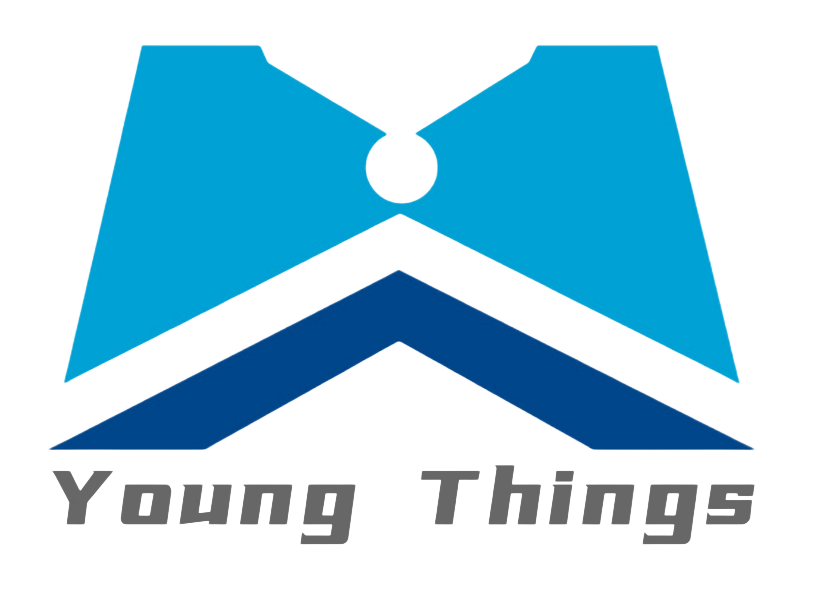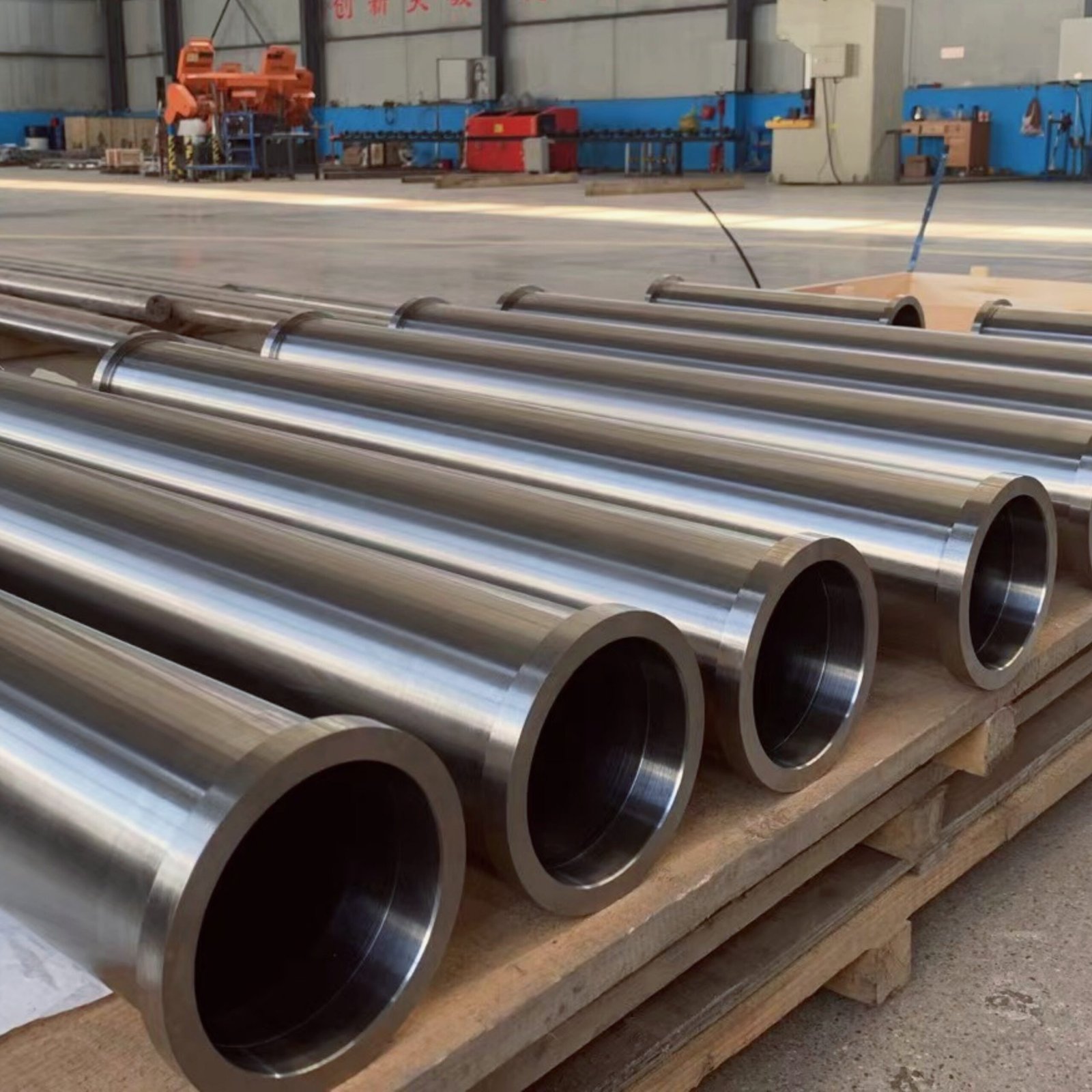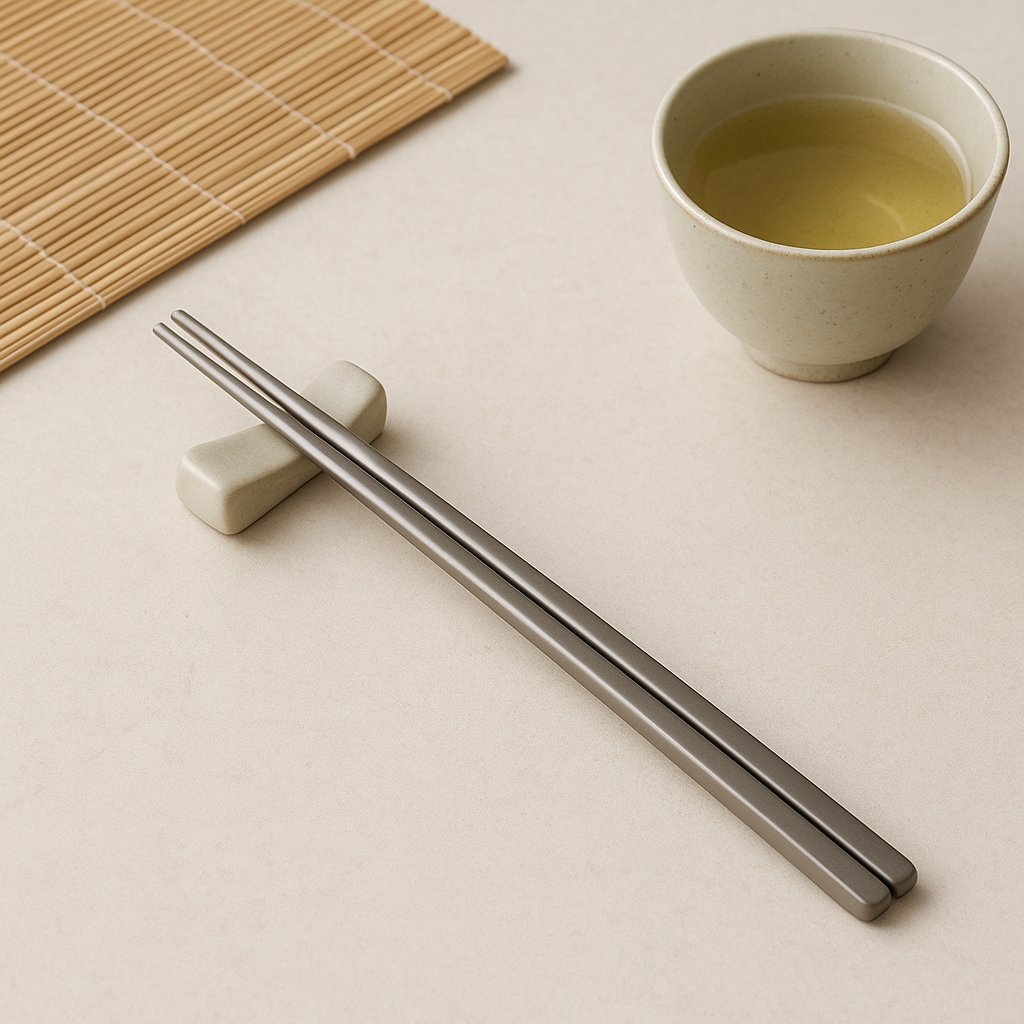In the quiet rhythm of daily life, few things feel as ordinary as preparing a meal. Yet behind the simple act of slicing vegetables or cutting fresh fruit lies a concern shared by many households — hygiene and durability in the kitchen. Wooden cutting boards warp and absorb moisture; plastic ones discolor and retain odor; glass boards look modern but quickly dull your knives. Each has its own flaw, a small compromise we’ve learned to accept.
But what if a material existed that could change that equation completely — a metal so clean, strong, and enduring that it could bridge the gap between industrial precision and domestic comfort? Surprisingly, that material has been around us all along: titanium.
A Material Born in the Skies
Titanium’s story began far from the kitchen. Known for its high strength-to-weight ratio and resistance to corrosion, it has long been the material of choice for aircraft engines, surgical implants, and deep-sea exploration vessels — all applications where safety, reliability, and purity are non-negotiable.
When engineers observed how titanium maintains its stability in saltwater, acids, and even within the human body, a question emerged: if it can withstand rocket heat and ocean pressure, could it also make daily tools cleaner and more durable? The idea of bringing aerospace-grade titanium into the kitchen began as an experiment — and ended as a quiet revolution.
The Science Behind Cleanliness
Unlike traditional materials, titanium has a non-porous, inert surface. This means liquids, food residue, and bacteria cannot penetrate or hide within it. Even after years of use, its smooth surface remains resistant to scratches that often harbor bacteria on wooden or plastic boards.
From a chemical standpoint, titanium is biocompatible and non-toxic — it doesn’t react with acids or alkalis, and it never releases harmful substances, even under heat. This is why the same grade of titanium used in cutting boards is also used in medical implants and surgical tools. Over time, it develops a self-healing oxide layer that naturally resists corrosion, ensuring the surface remains safe, stable, and stainless.
Crafted with Precision, Built to Last
A titanium cutting board doesn’t roll off an assembly line. It’s engineered, not just produced. Each board starts from a precisely rolled TA1 or TA2 titanium sheet, cut and shaped using CNC machines — the same level of precision used in aerospace manufacturing.
Edges are carefully rounded, the surface is brushed or mirror-polished, and every angle is checked for balance. The result is a board that feels sleek but solid, strong but unexpectedly light. You can sense the craftsmanship when your knife meets the surface — a soft, resonant sound that tells you this is not just another kitchen tool, but a piece of well-engineered metal meant to accompany you for decades.
A Different Kind of Kitchen Experience
Using a titanium board for the first time is an experience of contrast. It feels cool to the touch yet warm in its practicality. There’s a certain calm in knowing that you don’t need to worry about stains, odor, or lingering bacteria. Cleaning it takes only seconds — a quick rinse under water, and it returns to its original clean sheen.
Over time, it develops a subtle, silvery patina that gives each board a character of its own, much like cast iron pans or copper kettles. But unlike those, it requires no seasoning, no oiling, and no maintenance beyond ordinary washing. Titanium’s resilience means it endures not only daily use but the passing of years, remaining the same reliable surface it was from day one.
The Environmental Edge
In a world striving toward sustainability, titanium offers a rare combination: longevity and recyclability. A single titanium cutting board can outlast dozens of wooden or plastic ones, dramatically reducing waste and resource consumption. When it eventually reaches the end of its service life, it is 100% recyclable — with no toxic residues, coatings, or composites.
Choosing titanium isn’t just about owning a premium kitchen tool; it’s a quiet act of responsibility. It represents a shift away from disposable culture — a belief that the things we use every day should be designed to endure, not to be replaced.
More Than a Kitchen Tool
At first glance, a titanium cutting board might seem like a luxury item — a sleek object meant to impress. But on closer reflection, it’s something deeper. It’s a bridge between industrial innovation and domestic simplicity, between the precision of aerospace engineering and the rituals of daily cooking.
When you hold it, you’re holding a piece of material science history — the same metal trusted in aircraft wings and life-saving implants, now serving the humble act of preparing food. It reminds us that progress doesn’t always mean complexity or excess; sometimes, it means returning to purity, durability, and thoughtful design.
Titanium doesn’t shout for attention. It simply performs — quietly, consistently, beautifully. And in that silence, it redefines what it means for a kitchen tool to be truly timeless.



